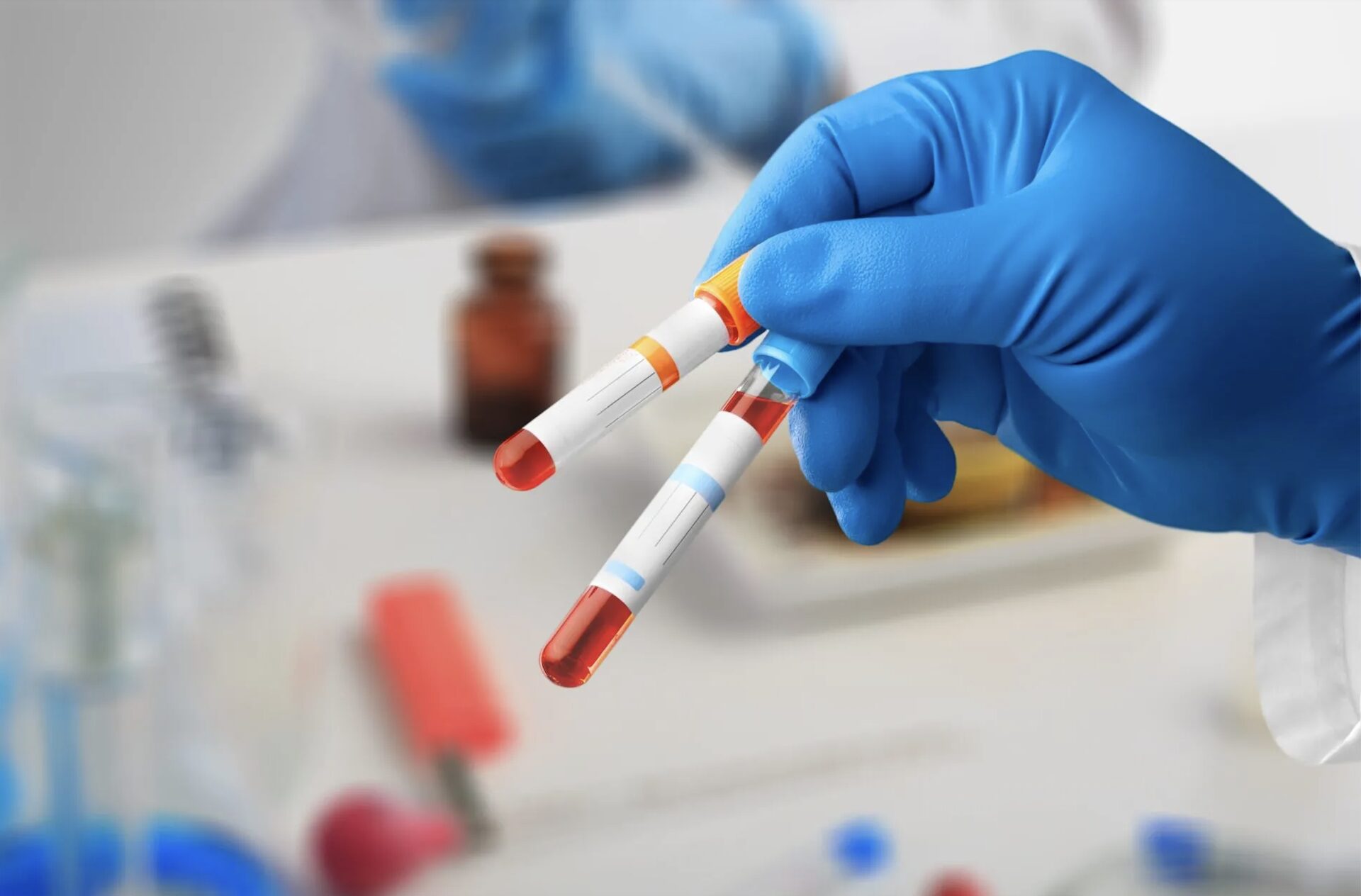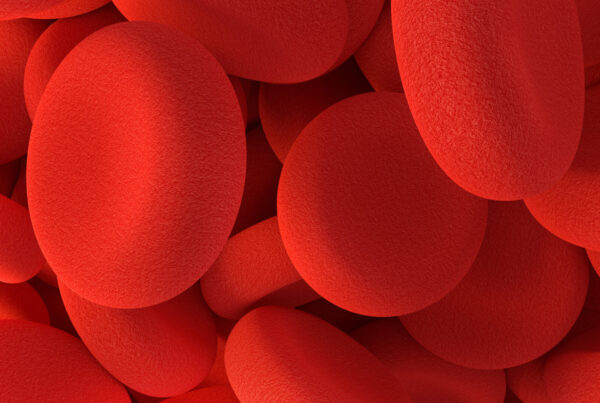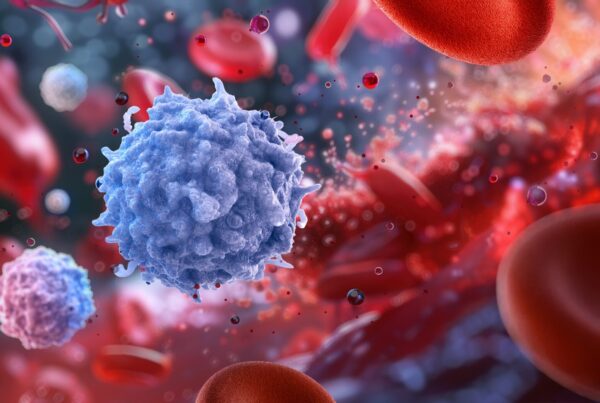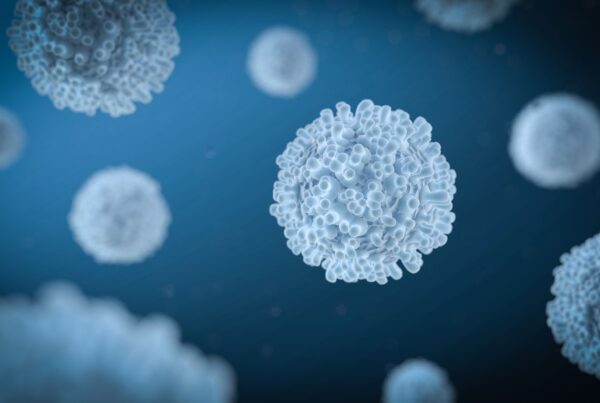In biomarker discovery and validation, the quality of your biospecimen defines the quality of your results. While advanced sequencing technologies and analytics get most of the spotlight, the humble blood collection tube—and how it’s used—can make or break a study.
Whether you’re tracking circulating cell-free DNA (ccfDNA), studying serum proteins, or conducting multi-omic analysis, your pre-analytical protocol is critical. The choice of collection tube, time to processing, storage temperature, and isolation technique can dramatically influence the stability of key biomolecules—and therefore the reproducibility and accuracy of your findings.
Why custom blood collection tube type matters in plasma and serum research
Different tubes contain specific additives designed to stabilise certain biomolecules. For example:
- K2EDTA & K3EDTA tubes: Widely used for general plasma isolation. They prevent clotting but do not stabilise nucleic acids over time.
- Streck Cell-Free DNA BCT: Contains stabilisers that prevent blood cell lysis, which is ideal for preserving ccfDNA for liquid biopsy or prenatal testing.
- PAXgene Blood ccfDNA Tubes: Protect both ccfDNA and plasma integrity, maintaining sample quality for up to 10 days at room temperature—perfect for studies with logistical delays.
- BD P100 tubes: Designed for proteomics, these tubes contain protease inhibitors to maintain protein stability in plasma.
- Lithium Heparin tubes: Suitable for chemistry assays, but not ideal for ccfDNA due to potential genomic DNA contamination.
For serum, the requirements are different:
- Silica-coated serum tubes allow blood to clot naturally for basic serum preparation.
- SST II Advance Tubes include a gel separator that improves serum stability during centrifugation and storage.
Each tube is a tool for a specific job. Sometimes, one study demands them all.
When one protocol doesn’t fit all: a real-world case study
Recently, a client approached Research Donors with a highly specialised request: source plasma and serum samples from four donors, collected using a custom combination of seven different tube types and processed under strict, varied timelines and temperature conditions.
The goal? To maintain the molecular integrity of plasma and serum for multiple downstream analyses, including likely applications in ccfDNA biomarker research and proteomics.
Here’s what we delivered:
Plasma collection tubes:
- K2EDTA
- K3EDTA
- Streck Cell-Free DNA BCT
- Lithium Heparin
- PAXgene Blood ccfDNA Tubes (custom purchase)
- BD P100 (custom purchase)
Each tube type required:
- Different time points for processing post-collection
- Specific short-term storage conditions (e.g., room temp or refrigerated)
- Precise freezing conditions to preserve molecular integrity
Serum collection tubes:
- Silica-coated (standard, in-house)
- SST II Advance (custom, in-house)
For these tubes, blood clotting time and storage temperature were varied as requested before freezing the isolated serum.
Despite the complexity of the custom blood collection request, we adhered to the full protocol. We delivered all samples on time, ensuring the client could move forward without delay or compromise on sample quality.
Need blood samples collected to your exact specifications?
Contact us today to discuss your custom biospecimen requirements.
Custom blood collection isn’t complicated when you have the right partner
Whether you need blood processed within 30 minutes or samples stabilized for days, the key to reproducible research lies in your upstream workflow. At Research Donors, we specialize in custom biospecimen collection protocols, helping researchers’ source exactly what they need, how and when they need it.
If your next study demands precision at the pre-analytical stage, we’re ready to help.
References
- Bronkhorst, A. J., Ungerer, V., & Holdenrieder, S. (2019). The emerging role of cell-free DNA as a molecular marker for cancer management. Biomolecular Detection and Quantification, 17, 100087. https://doi.org/10.1016/j.bdq.2019.100087
- PreAnalytiX. (n.d.). PAXgene Blood ccfDNA Tube (RUO). Retrieved from: https://www.preanalytix.com/products/blood/ccfdna/paxgene-blood-ccfdna-tube-ruo/US
- Alix-Panabières, C., & Pantel, K. (2016). Clinical applications of circulating tumor cells and circulating tumor DNA as liquid biopsy. Cancer Discovery, 6(5), 479–491. https://doi.org/10.1158/2159-8290.CD-15-1483






